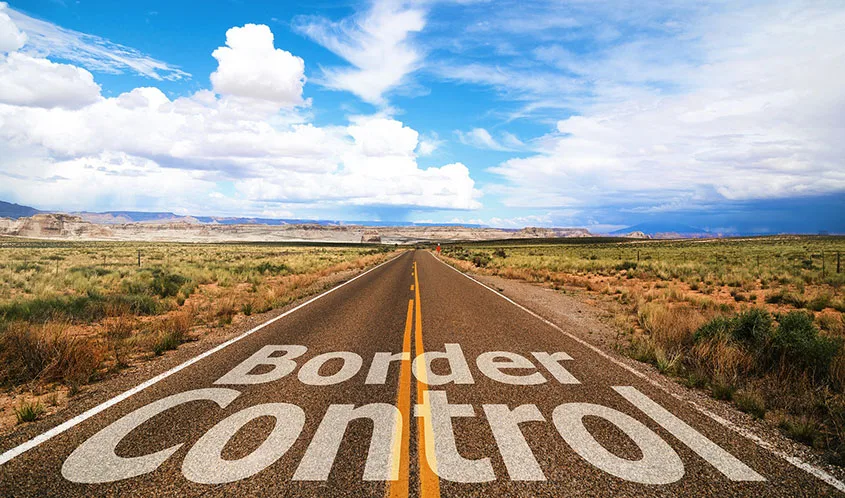Toys Make Top 10 List of Goods Seized by Customs
by Howard N. Aronson, managing partner, Lackenbach Siegel
Sometimes being in the top 10 isn’t so great. That may be how toy companies feel after learning that toys rank No. 10 on the list of the top counterfeit goods seized by U.S. Customs and Border Protection (CBP), following luxury goods, such as jewelry and electronics.
In the 2016 fiscal year, CBP did not include a separate category for toys because there were so few seizures of counterfeit items. However, in the 2017 fiscal year — the most recent year for which statistics are available — the federal agency seized 449 shipments of toys worth more than $12 million for the corresponding authentic toys. That’s almost 1.5% of CBP’s total shipment seizures.
For example, in a single day at one seaport, CBP’s Office of Field Operations seized $121,442 worth of counterfeit toys. The toys shipped from China were headed for an importer in North Carolina. In the shipment, CBP found toys with trademarks and copyrights belonging to entities such as Hasbro (Power Rangers), Danjaq (James Bond 007), Cartoon Network, and Apple. Toy companies need no lectures on the fact that counterfeiting robs lawful rights holders of profits and harms consumers because the products are made with poor-quality materials. Toy companies, like all rights owners, know that their intellectual property is stolen and their brand is damaged each time a counterfeit shipment reaches the U.S. market. They also know that the U.S. economy and customer safety both suffer from counterfeits, especially toys. Lead content and hazardously small parts are just two of the safety hazards that counterfeit toys often pose.
What Companies Fail to Do
More than 11 million containers arrive at U.S. ports annually, while another 10 million containers arrive via land borders, 3 million containers arrive via rail, and 250 million containers arrive via air. Yet, fewer than 40,000 trademarks and copyrights are recorded for border enforcement with CBP. Although this simple step can be an effective deterrent to counterfeiters, most of the millions of trademarks and copyrights are not recorded with CBP.
You Have to Register, Then Record
Counsel can advise toy companies about the process of recording their registered trademarks and copyrights with CBP. Recordation allows trademark and copyright owners to benefit from the agency’s enforcement powers. In addition to a small payment, the recordation process requires information from the rights owner about people or entities who are authorized to use the rights and the manufacturing location for the goods. A trademark owner who is applying for gray market protection must provide evidence to CBP of how the foreign manufactured products that are to be blocked differ from those produced for the U.S. market. Counsel can also advise toy manufacturers about the process of notifying CBP of suspected shipments, activities, or parties involved in counterfeiting. Then, CBP can provide that information to the particular office or port of entry, and a criminal investigation sometimes follows. Toy manufacturers can also provide product identification training guides to CBP to assist the agency in identifying products that are potentially counterfeit.
What CBP Can Do
CBP can detain or seize trademarked products, copyrighted works, and some trade names. For trademarks, CBP looks for the following products among shipments: counterfeit products that bear marks that are identical to or substantially indistinguishable from a federally registered trademark; products bearing “copying or simulating marks,” trademarks that are confusingly similar to a federally registered trademark; and “gray market goods,” products that carry a trademark that is authorized by the owner for use only outside U.S. borders.
CBP can seize any product that carries a counterfeit of a federally registered trademark that is recorded with it. CBP checks to find out if the brand owner has given consent — in writing — for the product to be imported. If not, the products will be seized and destroyed. CBP also has the power to abet the importation of counterfeits and impose civil fines against parties who direct or assist in the commission of the crime.
Because of the overwhelmingly large number of shipments crossing U.S. borders each year, CBP focuses on identifying and seizing products bearing counterfeits of recorded marks. However, it is empowered to seize products bearing any counterfeit federally registered U.S. trademark. So, toy companies should make it a priority to record their trademarks with CBP.
CBP will notify the brand owners when counterfeit products are seized and will provide the identity of the manufacturer, exporter, and importer, as well as other details about the shipment. In some cases, CBP delivers a sample of the product to the owner for examination or testing, or for use in pursuing civil remedies against the importer.
Thus, as part of the top 10 categories injured by counterfeit imports, toy companies should take immediate steps to record their trademarks and copyrights with CBP.
This article originally appeared in the September/October 2019 issue of the Toy Book.


